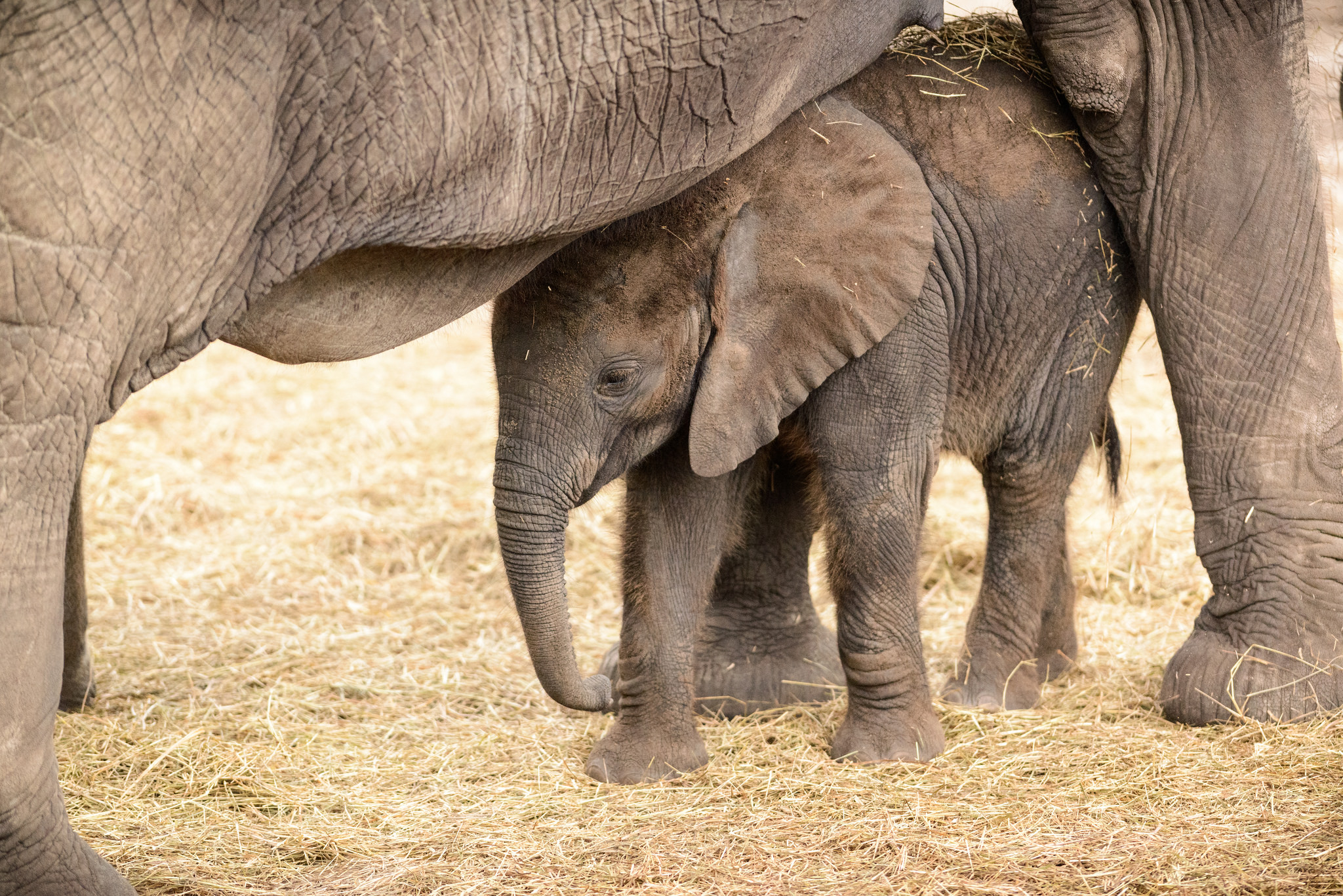
One particularly dubious account from 1587 in Poland describes how a man clad in a mirror-covered leather suit hunted and captured a basilisk after it killed two small girls and a nursemaid. The basilisk supposedly originated in North Africa, but tales of European encounters with it are found throughout the Middle Ages. Would-be basilisk hunters countered this death stare by carrying mirrors in the hope that the creature would meet its own gaze and drop dead, but they also enlisted the help of weasels, which were believed to be immune to its poison. The basilisk was said to possess a deadly bite and venomous breath, but it could also kill a man just by looking at him. Pliny described the basilisk as a snake-like animal with markings on its head that resembled a crown, but by the Middle Ages it had morphed into a fiendish serpent with the head of a rooster and the wings of a dragon or bat. DAGLI ORTI / ContributorĪccounts of the fearsome basilisk date back to the first century Roman writer Pliny the Elder, whose famous “Natural History” included entries on fantastical creatures and exotic races of deformed men. Scythian nomads in central Asia may have stumbled across the bones of the dinosaur protoceratops and mistook them for a bird-like creature, resulting in the myth of a terrifying flying beast. The beasts ripped flesh with their razor sharp talons, and they were also known to fly their victims to great heights before dropping them to their deaths.Īccording to researcher Adrienne Mayor, legends of the griffin could be inspired by early encounters with dinosaur fossils. The griffin legend was later picked up in the 14th century in a largely fictional travelogue by Sir John Mandeville, who described the creatures as “more strong than eight lions” and “a hundred eagles.” Griffins were revered for their intelligence and dedication to monogamy-they supposedly mated for life-but they could also be ferocious. Tales of the flying behemoths most likely originated in the Middle East, but they later became a popular motif in ancient Greek literature. GriffinĪn intimidating blend of two different predators, the griffin was said to possess the body and back legs of a lion as well as the wings, beak and talons of a hawk or eagle. The legend may have been inspired by sightings of actual giant squid, and some paleontologists have argued that the prehistoric oceans were once home to 100-foot-long cephalopods that fed on whale-sized Ichthyosaurs.


Tales of the kraken’s wrath might be embellished, but the creature itself is not entirely fanciful. The kraken supposedly used its many tentacles to ensnare ships’ masts and drag them to the icy depths, but it could also create a deadly whirlpool just by submerging itself underwater. One 18th century account by Bishop Erik Pontoppidan described it as a squid-like beast so large that when any part of its body stuck out of the water it resembled a floating island.

Tracing its origins back to a giant fish from Norse mythology called the hafgufa, the kraken first entered popular folklore as a titanic octopus or squid spotted by fishermen off the coasts of Norway and Greenland. Maritime lore is filled with tales of vicious sea serpents and scaly-skinned fish men, but few creatures of the deep have struck fear into sailors’ hearts like the mighty kraken.


 0 kommentar(er)
0 kommentar(er)
